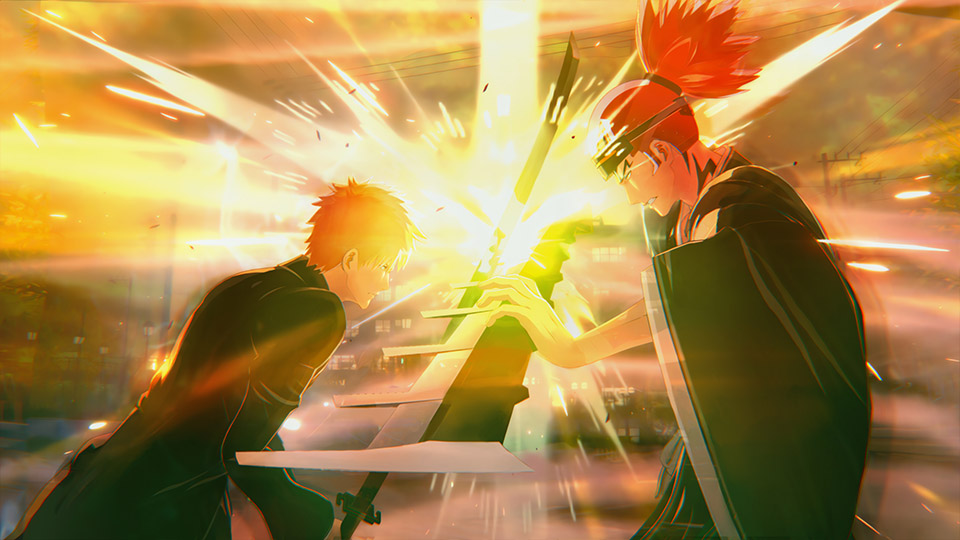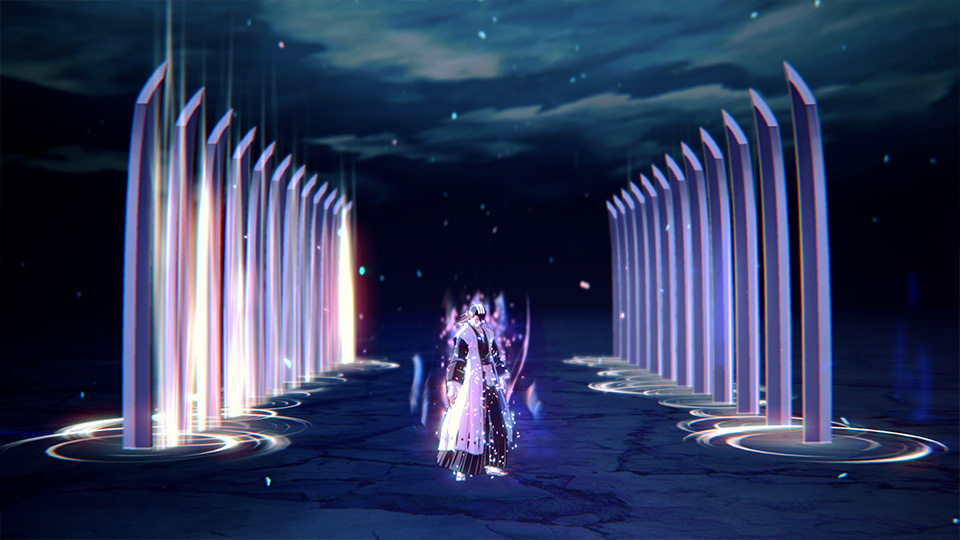Breaking the Cycle of Mediocrity
Bleach has long stood as one of the “big three” in the anime world, right alongside Naruto and One Piece. Yet, when it comes to video game adaptations, it has often been the middle child—never quite reaching the heights of its rivals. Bleach Rebirth of Souls sets out to change that, stepping away from the generic anime fighter formula in an attempt to deliver a richer, more refined combat experience. While it takes big swings with its mechanics and presentation, not all of them land as cleanly as its sword slashes.
A Combat System with Depth
Unlike many arena fighters, which often rely on basic button-mashing, Rebirth of Souls introduces a more strategic, tug-of-war-style combat system. It blends a Super Smash Bros.-inspired life stock mechanic with Sekiro-style stance-breaking swordplay, creating a battle experience that feels intense and rewarding. Each sword swing carries real weight, and teleporting around the arena to outmaneuver opponents never gets old. Even in Standard Mode, which simplifies the mechanics for accessibility, each character retains a unique playstyle—whether it’s Shinji’s counter-heavy moveset or Soi Fon’s relentless flurry of kicks and punches.
However, Standard Mode matches can start to feel repetitive, lacking deeper expression beyond chaining light and heavy attacks into supers. The reliance on just two move inputs for closing distance, combined with often unreliable ranged attacks, limits the competitive depth. The movement, too, feels oddly stiff, making dodging and dashing feel sluggish.
Manual Mode: The True Fighter’s Playground
For players looking for a serious fighting experience, Manual Mode is where Rebirth of Souls truly shines. Here, the combat system opens up, allowing for intricate combos, strategic cancels, and personalized playstyles. Being able to break out of auto-combos and mix attacks at will brings a real sense of mastery. But while Manual Mode offers a far more satisfying experience, it still suffers from stiff movement, inconsistent attack hitboxes, and limited defensive options—issues that prevent the game from reaching its full potential.
A Story Mode That Struggles to Keep Up
A great story mode can elevate an anime fighter, bringing fan-favorite moments to life in spectacular fashion. Sadly, that isn’t quite the case here. Rebirth of Souls swings between dazzling pre-rendered cutscenes and awkward, budget-looking visual novel segments that feel like placeholders. Key moments that should deliver emotional weight are instead undercut by stilted animations and frequent fade-to-black transitions.
That said, there is an unexpected charm in some of the game’s lighter, original side chapters. Watching Bleach’s cast take a break from battle to play soccer, go on haunted house dates, or challenge each other in arcade games brings a refreshing sense of personality. These moments give lesser-known characters like Shuhei and Izuru more screen time, making them feel like more than just roster fillers
The Verdict
Bleach Rebirth of Souls takes a bold step toward elevating anime arena fighters, introducing a deeper combat system and distinct character playstyles. While its story mode fails to deliver the same level of polish as its battles, the stylish presentation and crisp swordplay still make for an enjoyable experience. It’s not the definitive Bleach game fans have been waiting for, but it’s certainly a step in the right direction—one that, with a bit more refinement, could carve out a lasting legacy in the fighting game genre.




